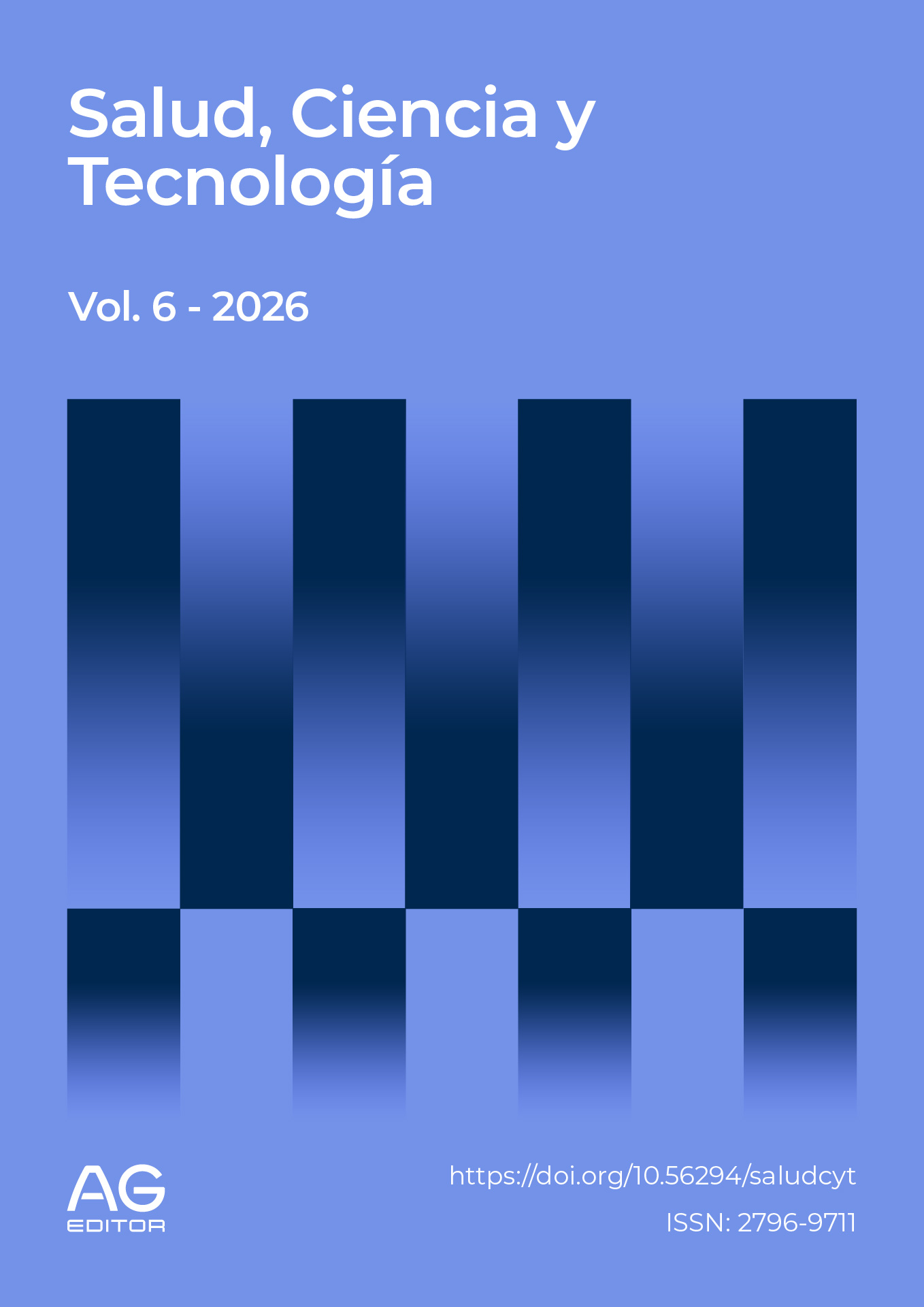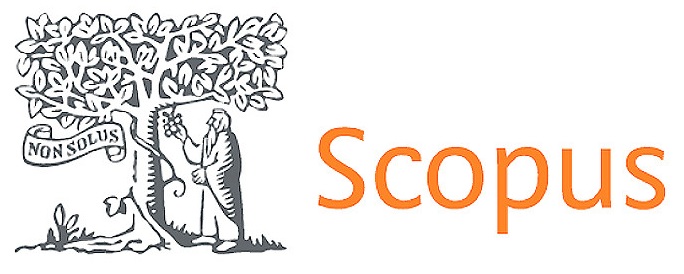Women Empowerment in War and nation Building on the Basis Tahmima Anam’s trilogy
DOI:
https://doi.org/10.56294/saludcyt20262474Keywords:
Women empowerment, Bengali women, Patriarchal boundaries, Liberation War of Bangladesh, National struggleAbstract
Introduction:
This study explores the representation of women’s empowerment during the 1971 Liberation War of Bangladesh, as portrayed in Tahmima Anam’s trilogy—A Golden Age (2007), The Good Muslim (2011), and The Bones of Grace (2016). It examines how women transcended traditional gender roles to actively engage in the national struggle, making significant contributions to both the war effort and the post-war nation-building process.
Methods:
A qualitative textual analysis of the selected novels was conducted, framed by theoretical perspectives on gender and nationalism by Nira Yuval-Davis and Floya Anthias. The study critically explores key themes related to women’s resistance, empowerment, and their evolving roles in societal transformation during and after the war.
Results:
The analysis reveals that the Liberation War created unique opportunities for women to challenge patriarchal norms and assert their agency. In Anam’s trilogy, female protagonists are depicted as pivotal figures in combat, resistance movements, and post-war social reform. However, despite these active contributions, post-war narratives often marginalize their roles, reflecting societal tendencies to overlook the achievements of women in national struggles.
Conclusions:
The study concludes that Anam’s trilogy redefines women’s roles during wartime, presenting them as empowered agents of change. It stresses the importance of recognizing and documenting women’s contributions to national struggles, underscoring their resilience in overcoming gendered barriers amidst historical and social upheavals.
Downloads
Published
Issue
Section
License
Copyright (c) 2026 H. M. Mahfuzur Rahman, Jahirul Islam, Chinnasamy Agamudai Nambi Malarvizhi, Nasreen Khan, Khan Md Abdus Subhan, Anusuyah Subbarao (Author)

This work is licensed under a Creative Commons Attribution 4.0 International License.
The article is distributed under the Creative Commons Attribution 4.0 License. Unless otherwise stated, associated published material is distributed under the same licence.



